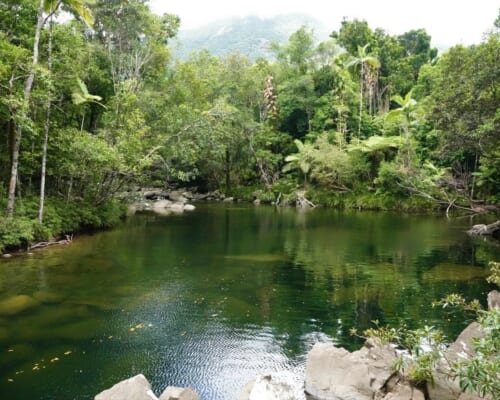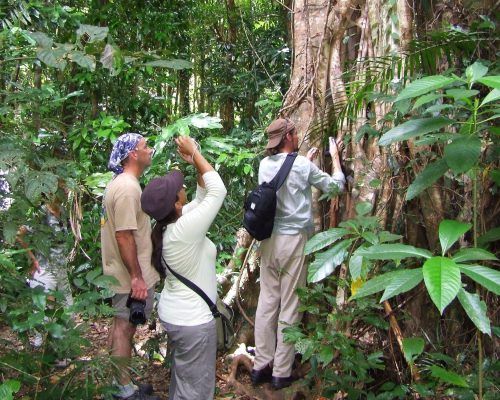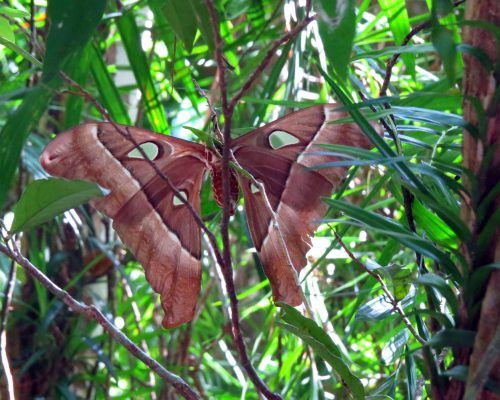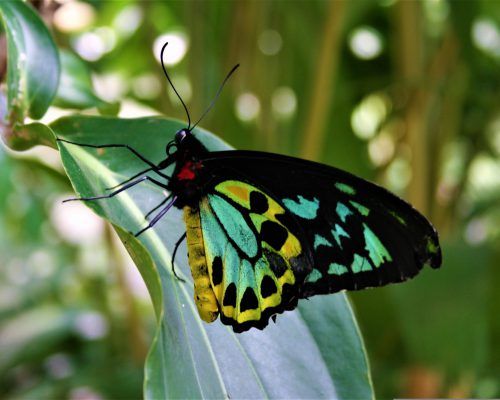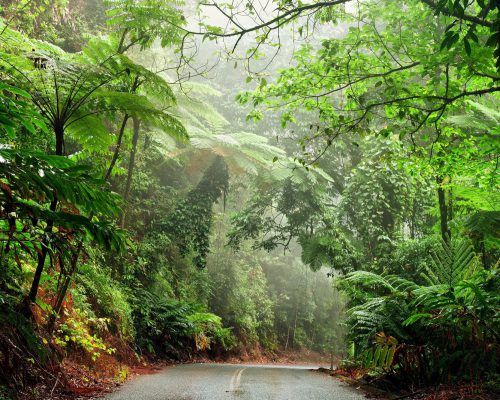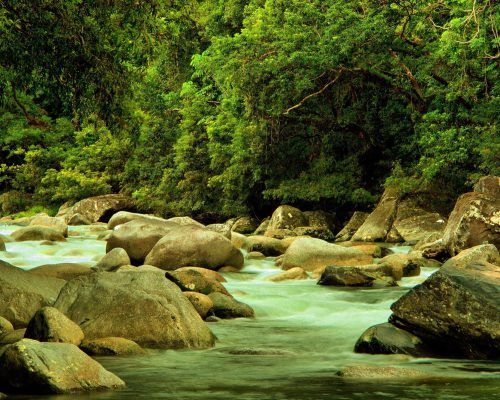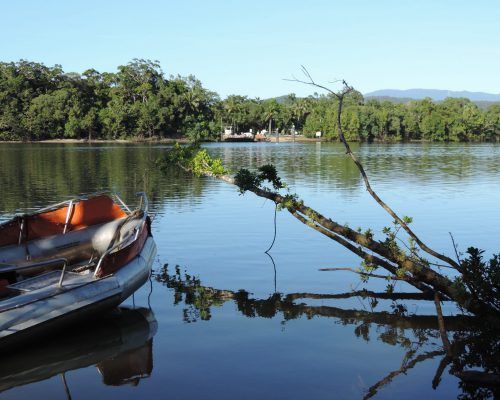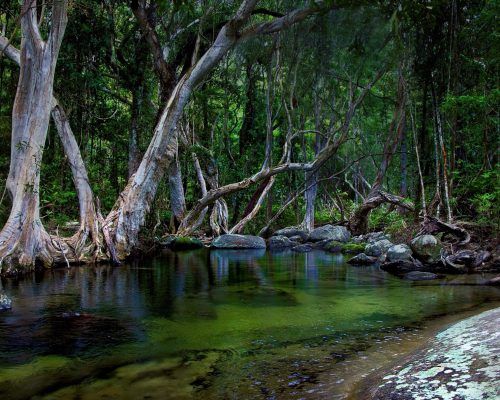As a visitor to Tropical North Queensland, at any time of the year, you will notice the many sugar cane fields. Our warm tropical temperatures are ideal for growing sugar.
Approximately 95% of Australia’s sugar cane is grown in Queensland and approximately 80 to 85% of Queensland’s raw sugar is exported.
With over 20 different varieties of cane growing in the area, the Mossman Sugar Mill production area spans over 8500 hectares all the way from the Daintree Rainforest up to Atherton Tablelands.
The sugar cane flowers early May through June and July to November is typically cane harvesting season for our local sugar industry.
Originally the cane was burnt before harvesting but nowadays in the tropical north it is generally cut ‘green’. The remaining roots then produce new shoots and several crops may be grown from the same stock before ploughing and replanting is necessary.
If visiting during these months you will see many cane carriages standing and waiting to be filled. Giant harvesters bustle along the fields cutting the cane by removing the leafy tops of the cane stalks, cutting the stalks off at ground level and chopping the cane into small lengths which are immediately loaded into wire bins drawn by a tractor alongside the harvester. Each full load is then tipped into huge cane carriages for transport by small railway locomotives to the Mossman Sugar Mill for processing into raw sugar.
The narrow gauge tracks line the roads and occasionally you may have to stop at one of the rail crossings and wait as they busily criss-cross the roads. In some areas huge cane trucks will be busy ferrying the cut cane to the mill, so be extra careful on our roads.
This is a great photo opportunity so give yourself plenty of time to pull over to take that extra holiday snapshot.
If you would like to learn more about our area and the Daintree Rainforest, be sure to take one of our tours where our guides will not only entertain you but deliver a professional service and a wealth of knowledge on the region.
If you haven’t done so already and would like more information on what’s happening in the area, be sure to ‘Like’ us on Facebook and stay up to date with the latest news, photos of our beautiful Daintree Rainforest and surrounds.
